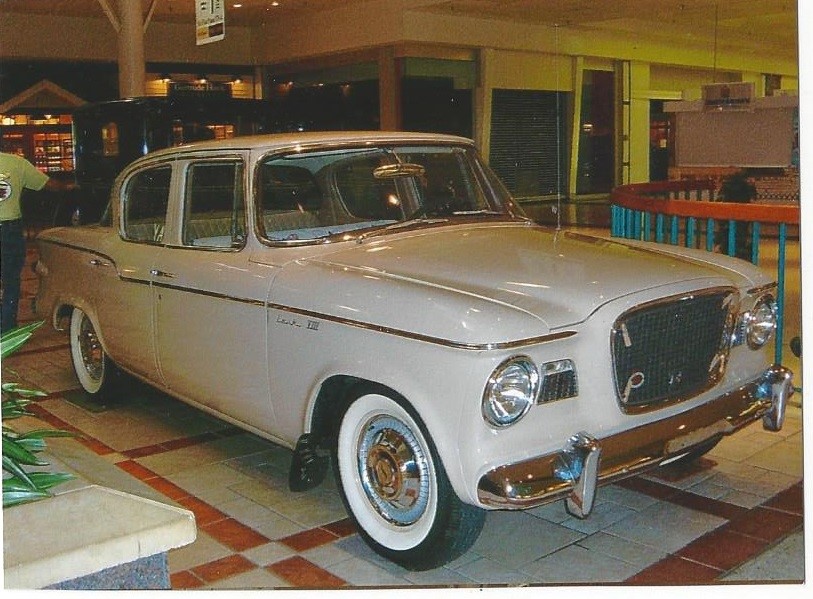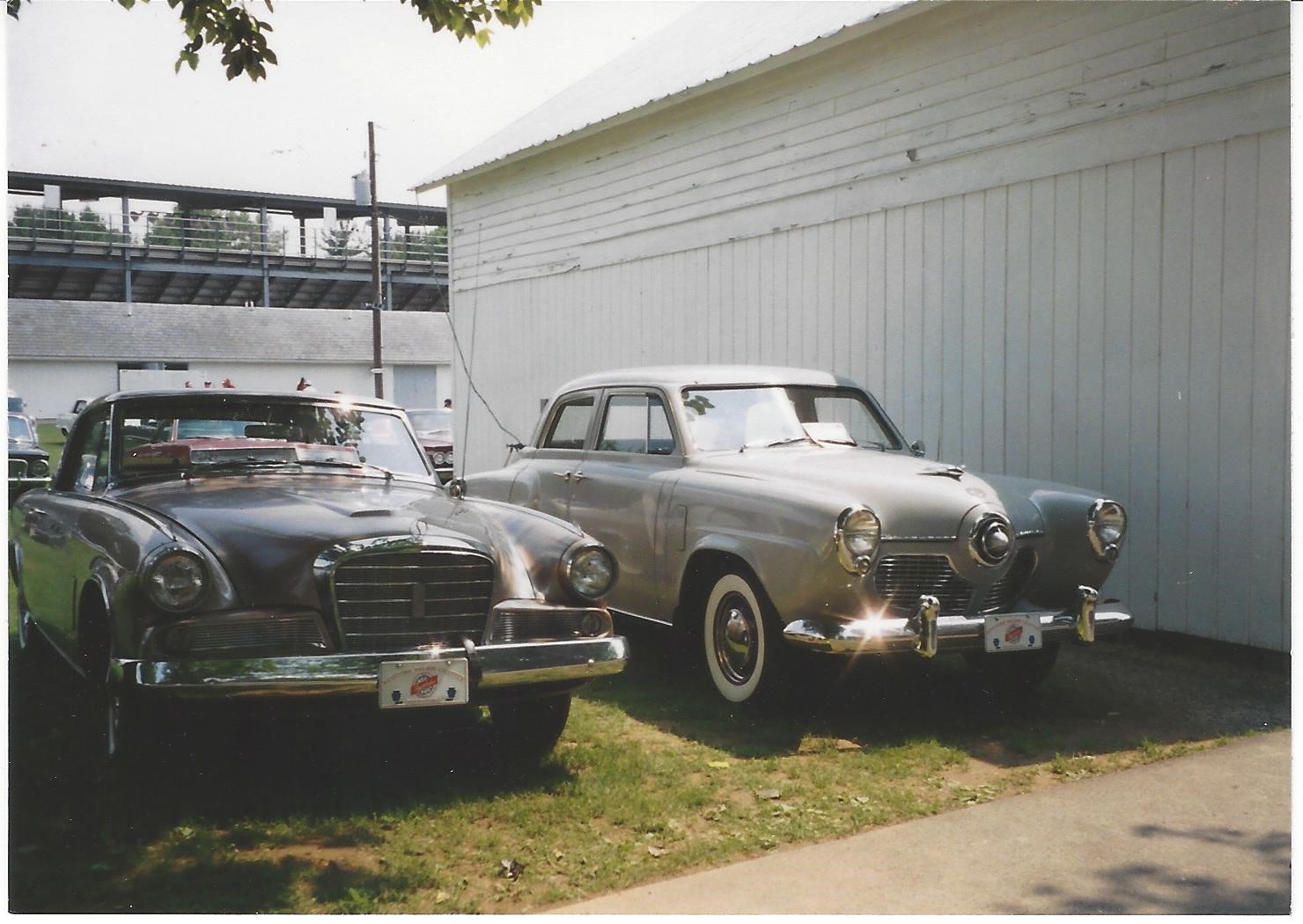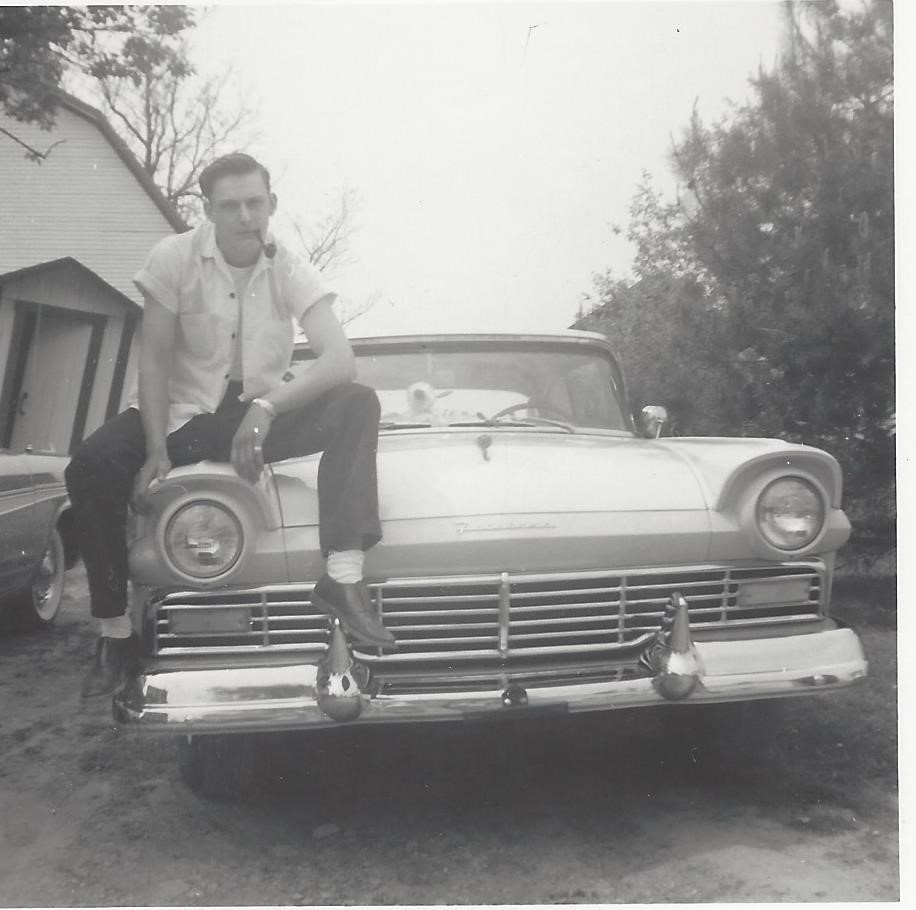I was fifteen years old and I wanted a 1950 Mercury. Obviously an eight-year-old car was way out of my reach. Since I wasn’t old enough to drive any car was out of my reach, but that didn’t stop me from wanting one. Had I met my wife a few years sooner, I would have had a beautiful 1949 Mercury, but it wasn’t to be. As the years passed, I bought, sold and sometimes repossessed cars, trucks and motorcycles. I’ve probably had more vehicles than most people in a lifetime, but never a 1950 Mercury.
Finally, in 2011 (It took a long time) I found my car, a 1950 Mercury coupe!! It wasn’t in as good of shape as I wished for, but something I could work on. So, after overpaying for my dream car, I started the restoration. Now fixing all the stuff I had foolishly overlooked because I wanted it so bad. I completely overhauled the engine, did extensive body work on the door posts, replaced the radiator, wiring harness and, of course, new tires. I knew I wanted to use the car for touring so I installed an overdrive transmission. Without overdrive, the cruising speed is only about 60mph; overdrive allows you to drive at 70mph constantly.
As everyone knows, the mystique of the “50’s- era” Mercury goes back to the James Dean movies when the cars were associated with the “bad boy” image. My Mercury has a V8 distinguishable from the 1950 Ford. It came with a stroked 255.4 cid and two-barrel downdraft Holley carburetor. New, it was good for 110 bhp and over 100 mph. Later they became the car to have to customize and hot rod. Personally, I like the cars just the way they look from the factory.
One of the things I remember about my Mercury is having the help of my good friend Dave Zimmerman join in the search. We traveled many miles and “kicked” many tires before I settled on this one. Today I think of Dave when I see and drive my car. Dave was master mechanic, a Mustang expert and brought AACA up to speed when the 1964 1/2 models became eligible for judging. He served as a long-time director and as the 2005 AACA President earning the respect of those in and out of our hobby.
After all that, we started enjoying the car. Judy and I love AACA tours and this Mercury has been on many, as well as local tours and events. I must admit I have way more time and money invested in the car than it is worth, but I don’t regret a thing. Was it all worth it? YES! YES!
I hope some of you can relate to my story and maybe you can think of what is special about your favorite car.
Here’s looking up your tail pipes,
Ray Fischer




